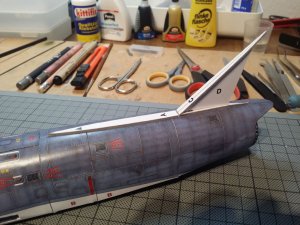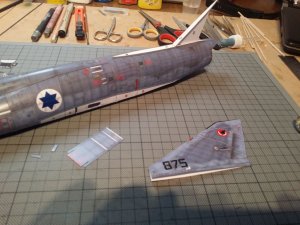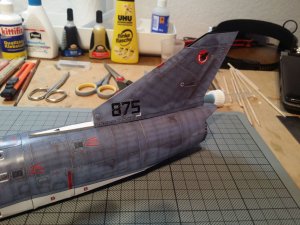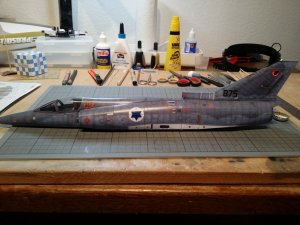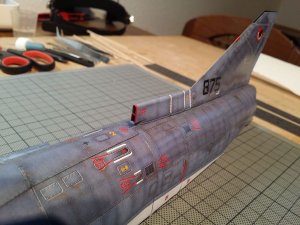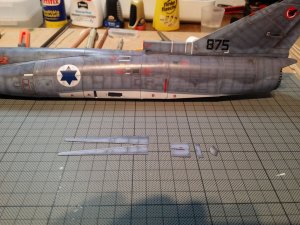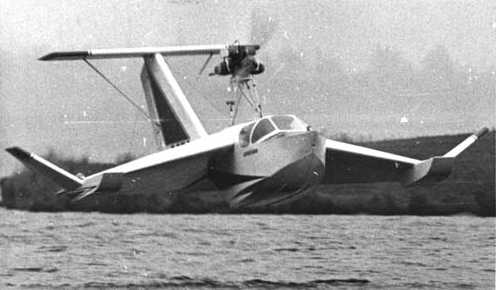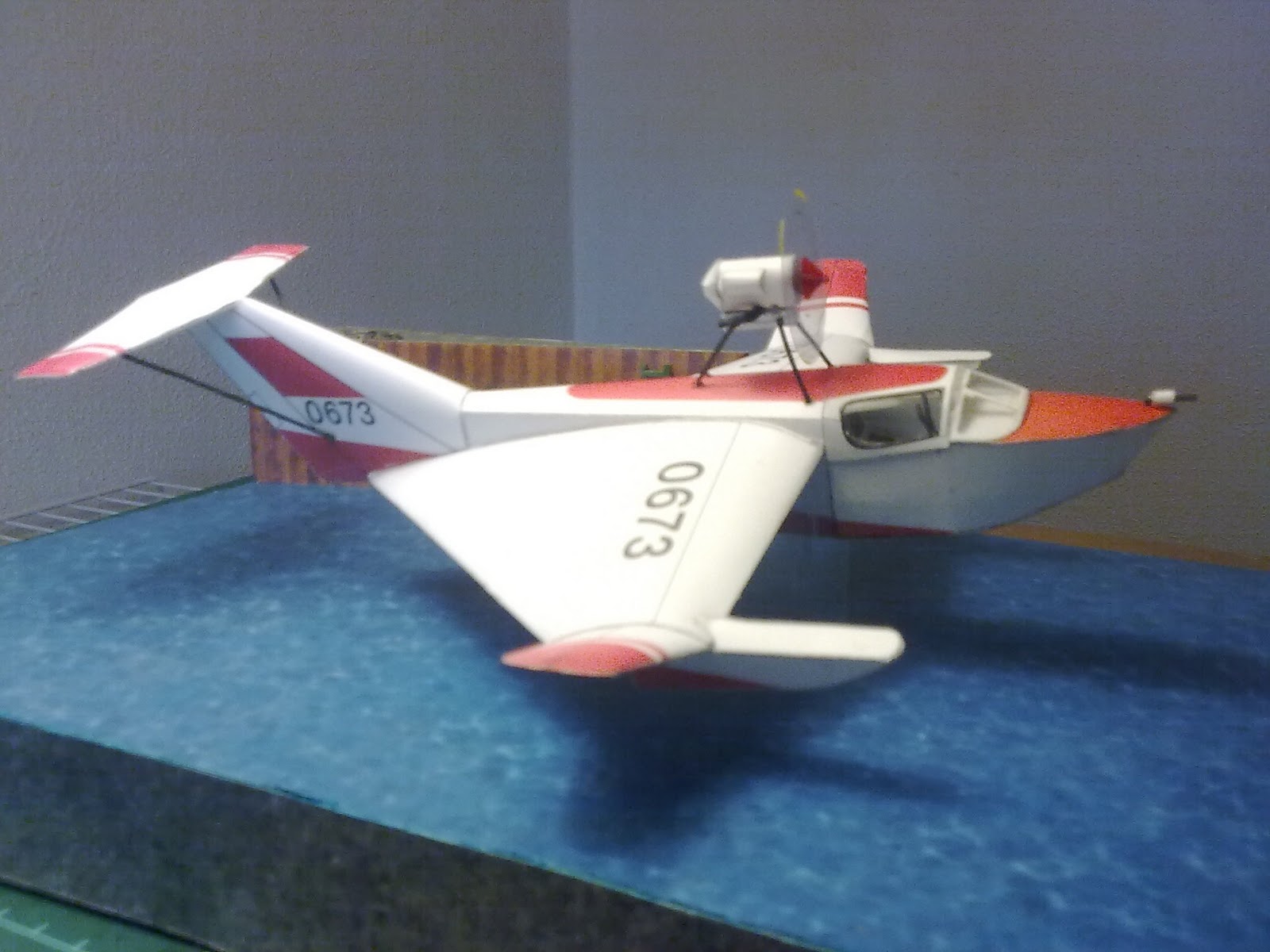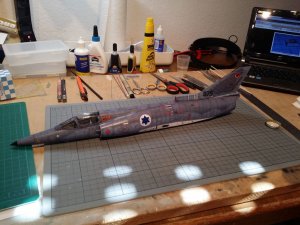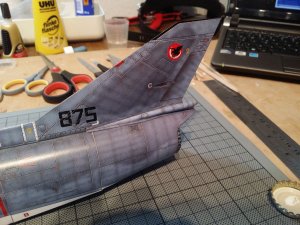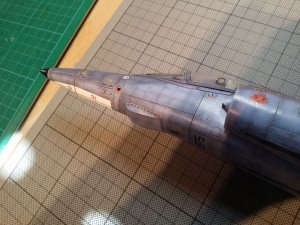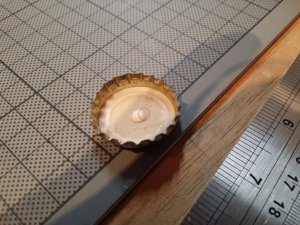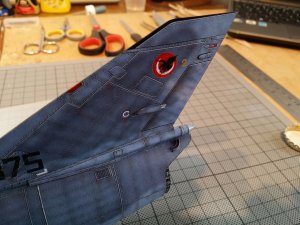I remember when I ran an F.B.O. at Danbury Airport (DXR) for a couple of years. These craft are not as smooth as you may think, 98 percent of them are rather bumpy. The air
boundary layer allows for access panels to be not so flush. The skins overlap each other, always working from the front overlapping the one behind it, and the rivets are where they connect, and where the bulkhead is. To do a model in this manner would mean making one like yours, then printing on very thing paper, and cutting the individual sections, and building up the secondary outer layer, which would give the final detail. Here access panels could be made the size they should be at that scale. It is much the same with battleships, destroyers, frigate, and General Aviation aircraft as well depending on the time of year they were made, they can look pretty rippled up, and at other times, tight as a balloon.
This is a level of realism I have yet to see on any model of any genre. On the A90 Orlyonok model I designed, I realized it was the only way that model could be released. Otherwise, the potential for so much detail to be lost, I just cannot release it like that. It is something I have to sort out, then build, to show. How many people would want to build a model twice to get one model?

boundary layer allows for access panels to be not so flush. The skins overlap each other, always working from the front overlapping the one behind it, and the rivets are where they connect, and where the bulkhead is. To do a model in this manner would mean making one like yours, then printing on very thing paper, and cutting the individual sections, and building up the secondary outer layer, which would give the final detail. Here access panels could be made the size they should be at that scale. It is much the same with battleships, destroyers, frigate, and General Aviation aircraft as well depending on the time of year they were made, they can look pretty rippled up, and at other times, tight as a balloon.
There is an error a the base of the rudder. I have corrected it, just not in this file.

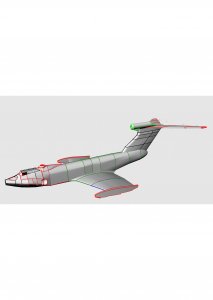
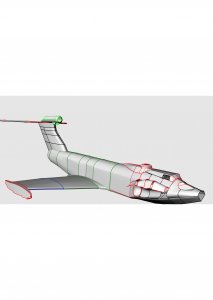

 ) and the fin ist glued together at the trailing edge.
) and the fin ist glued together at the trailing edge.